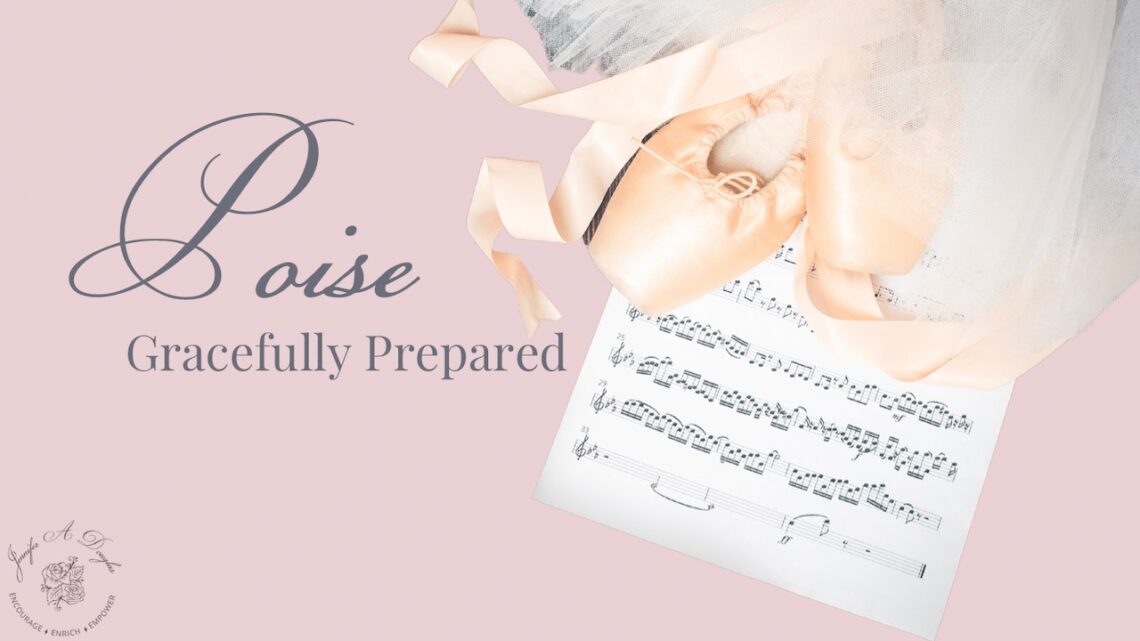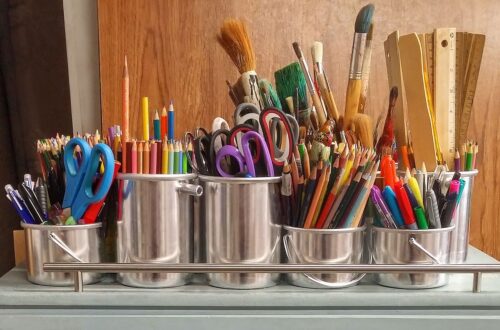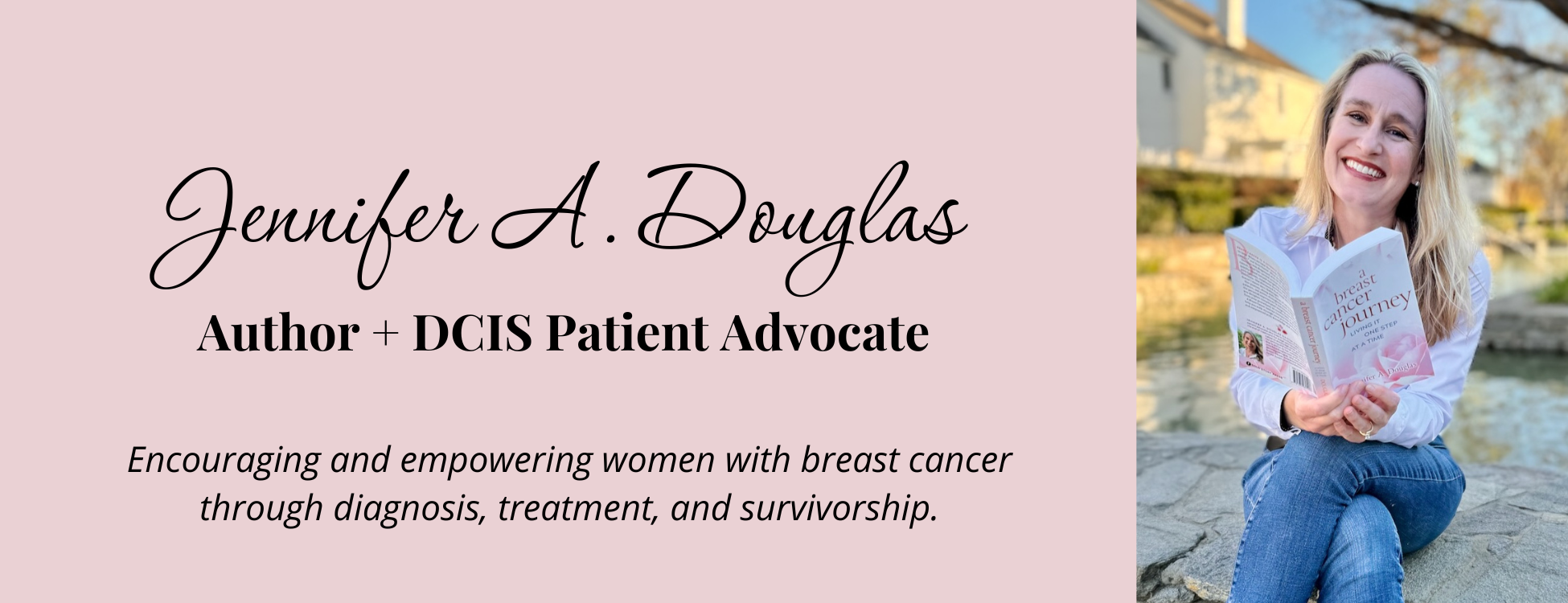
Poise: Gracefully Prepared- My Third Word of Focus and Intention
It took me quite a while to choose a third word of focus and intention for the year. Since my first two words (priority and presence) started with the letter “p,” I decided it would be fun to alliterate and have all my words begin with the same letter. So, I chose poise as my third word of focus and intention for the year.
Two different meanings come to mind when I think about poise. The first is that I would like to exhibit poise in my day-to-day life. As I interact with people, I’d like to act gracefully. It also means that when I experience challenges, I walk through them with as much elegance as possible. The second meaning of poise means ready. I want to be prepared as difficulties come up.
As I put these together in my head, I decided that poise would mean that I would aim for being gracefully prepared for what comes my way. The reflection continued, and I recalled, was there a time in my life when I exhibited this type of poise?
Then it came to me. Poise was painted in my soul when I was a young ballet dancer. All around me were poised professionals onstage who created a tapestry of beauty for the audience. Ballet was my inspiration.
Poise: Some Background and A Nutcracker Story
When I was four, I began ballet lessons at a studio in Half Moon Bay. I remember vividly the freedom and joy dance evoked. I danced there for a few years, and then, in third grade, I was admitted to the San Francisco Ballet School. Ballet quickly became my life. Between the commute time, the classes, and the ride home, I was a busy elementary school ballet student.
One of the most exciting parts of studying with the San Francisco Ballet was auditioning and performing for the Nutcracker each year. It was the highlight of my year and the experience that made the rigorous classes worthwhile. For four years, I spent my fall Saturdays in all-day rehearsals in preparation for weeks of performances in December.
When I think of poise, I remember the professional ballet dancers I danced alongside. These men and women trained in the same building where I took classes. I got to know them in between rehearsals, watched them unwrap their feet after class, listened in on their conversations, and wondered if that would be me one day.
As a young dancer, I thought there was nothing more beautiful than a prima ballerina gliding across the stage in her pointe shoes. She would move effortlessly, leaping into the arms of her strong partner. Her smile lit up the entire theatre, and her movements brought the classical soundtrack to life.
When the curtain closed and the applause went silent, she would walk backstage and take her pointe shoes off. She unwound her pink ribbons and slid off the beautifully molded shoe to reveal a startling reality. Her feet were red, blistered, and covered with strategically placed tape or moleskin. According to Dr. Kelsey Armstrong, “En pointe dancing is the culprit in many cases of bunions, hammertoes, sesamoiditis, bursitis, trigger toe, and stress fractures.”
A ballet dancer’s feet show the real trauma of the art form on the body. I quickly realized that a ballerina performs with poise, even when her feet hurt.
Poise was expected on stage at all times. When I walked onstage at the Opera House, I was expected to embody my character, perform the correct steps, and have a smile that reached the balcony.
Poise- When Things go Wrong
I loved being on stage with the dancers. I was a child in the “Party Scene” for three years. One of my favorite parts was to dance around the stage with the china doll that Drosselmeyer gave me. The other girls and I would dance around with their new dolls, and then the boys would chase us with their noisy toys. I loved this part of the choreography because we didn’t usually dance with the boys!
After we finished that dance, we would find our onstage parents and sit on the floor while the rest of the scene continued. You can see me in the photo linked in this article (I’m the little girl right behind the bear). We were expected to watch the dancing and cradle our dolls
.
One night, I glanced down at my hand and saw blood dripping from my finger. Instinctively, I placed on hand on the cut to keep from ruining the beautiful pink dress. Then, with urgency, I made eye contact with my onstage mom. I had only a split second to communicate. Somehow she retrieved a bandaid for me in the middle of the scene. As I cradled my doll and surreptitiously covered up my cut, I discovered the culprit. My china doll had a broken leg.
I handed the broken doll to my onstage mom and continued with the scene.
With poise and plenty of nonverbal communication, we made it through the rest of the scene and managed to get backstage. No one was aware of the situation except us.
I look back at that moment and can’t believe that I managed to get through that with such poise. Then I recall that I had been training with professional dancers for years. I had watched them dance through pain and injury. I had seen them get up and finish the scene after they fell on a combination. Poise was expected as a part of the culture.
Poise: When Life is Chaotic- Preparation is Key
Maintaining poise isn’t too difficult when things are going well in my life. When my kids do everything they should, when I hit all the green lights on my drive, and the weather is spectacular, it is easy to be poised.
But, when the lessons go horribly for the day, the news reveals another troubling variant to deal with, and I’m feeling exhausted, it is challenging to be poised. This is where the second meaning of poise- prepared- can help.
The only way I could stay poised on stage as a 5th grader with a bleeding finger was because I was prepared. We had rehearsed the scenes over and over, and I was ready.
It is nearly impossible to remain poised when we aren’t prepared. I think that is a big part of why I was so emotional during my cancer treatments. No one prepared me for the experience of a biopsy. I had no idea what it would be like to undergo radiation treatment. The first time I was in the CT tube getting radiation, I nearly had a panic attack. We had rehearsed the motion of the table, but not the machine’s noises. If I had known what I would hear, I might have been less surprised when the rattling of the machine started.
Poised: Gracefully Prepared as I Face the Year
Being gracefully prepared with poise, like a ballet dancer, is a powerful vision for me this year. While I no longer lace up my ballet shoes for performances, I am stepping out and learning new things each day.
Poise will help me continue shooting the video when the first take doesn’t work. Poise will help me regain my composure when the feedback isn’t kind. Being prepared for challenges and poised for the difficulties will help me curtail the negative self-talk.
I look forward to being poised- gracefully prepared- for the year ahead.
If you missed the other two posts about my words for the year, here are the links.
Have you chosen a word for the year? Comment down below- I’d love to hear what it is!
Jennifer Douglas
Jennifer Douglas is an author, patient advocate, and DCIS breast cancer survivor. After navigating her own breast cancer journey in 2019, she began writing and encouraging others who were newly diagnosed. Her resources include her book, "A Breast Cancer Journey: Living It One Step at a Time," and her online support course, "Encourage: Breast Cancer and Beyond." Jennifer also actively supports patients through her online presence and direct involvement in communities and support groups, offering guidance and encouragement every step of the way.


You May Also Like

Specialized Bullet Journal Pages in GoodNotes
March 2, 2021
Have Fun Today!
October 23, 2020
